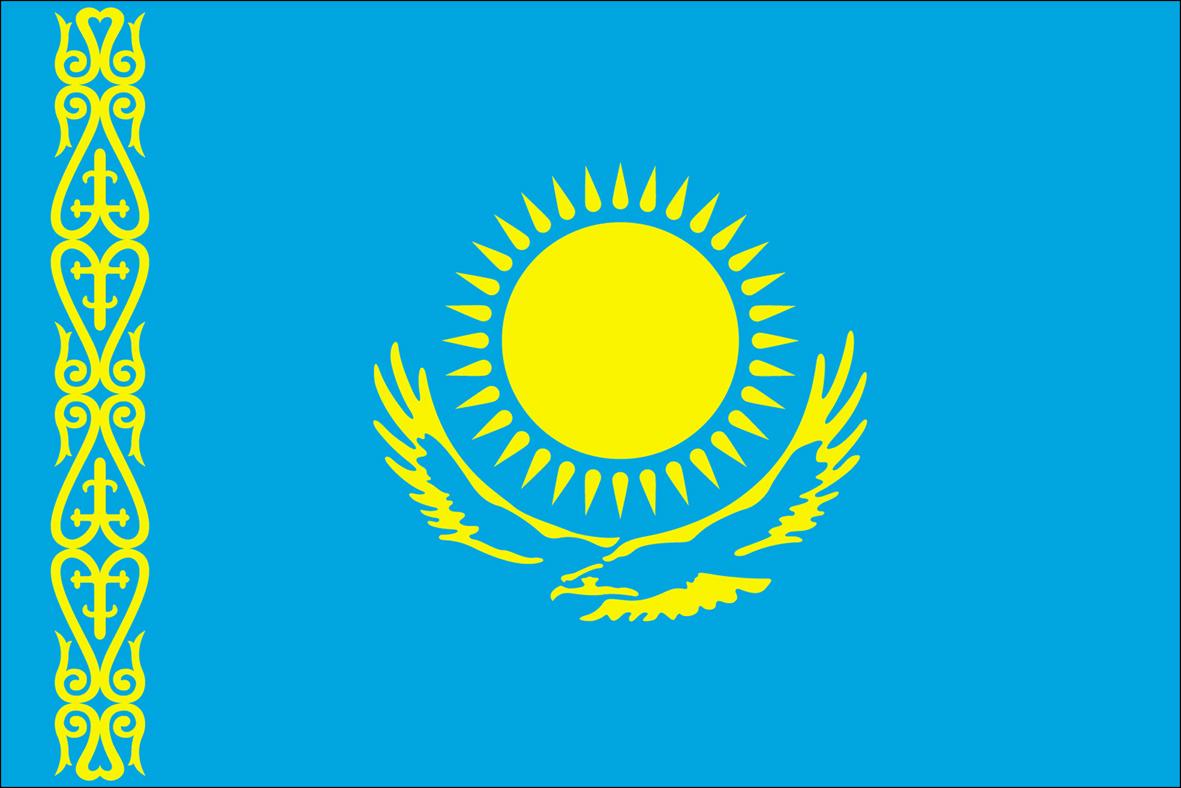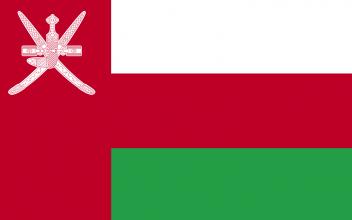Cultural Selection: Sindhi Aesthetic Impulses and Cultural Expressions
Arch Design Inside Badshahi Mosque Lahore© Image Bird/ShutterstockWe invite you to read our weekly Cultural Selection articles, which adhere to preselected themes. Knowledge and appreciation of these subjects help to preserve, disseminate, and promote elements of our common heritage of the Silk Roads.
The area extending from the Mediterranean to the Sindh region has been the epicenter of intercultural dialogue, exchanges, and creative activity over the past 1000 years. For instance, Islamic art in this region emerged from the fusion of different cultures, including Syrian, Persian, and local traditions. Pluralistic identities were embraced and translated into creative cultural expressions that were passed down through generations. Decorative arts encapsulated the cultural synthesis of these Islamic visual elements in this region. Geometric design, calligraphic script, arabesque ornamentation, intertwining bands and other embellishments were pervasive. Over time, these motifs were reproduced in a variety of different forms.
Islamic art influenced decorative arts techniques that were adopted in art, architecture, textiles, metalwork, glassware, stone carving, and ceramics of this region. This reflected a high level of transnational and artistic proficiency. An urban site excavation in Banbhore provides evidence of pottery as an example of (Islamic) decorative arts adapted from various periods. This pottery displays a variety of techniques, artisanal expertise, and materials that are representative of diverse cultural influences. The discovery of white, unglazed pottery of Syrian origin is another example of these cultural exchanges. Belonging to the Umayyad period (661-750 CE), this thinly-textured pottery is molded in relief and adorned with Kufic inscriptions, floral designs, and geometric patterns. Moreover, the Persian imprint upon glazed pottery ware is reflected in heavily textured, blue-green glazed vessels. Other types of Persian ware excavated at Banbhore included unglazed polychrome pottery with cream, black, and red colours, as well as those with geometric designs, adorned with depictions of animals and birds. The use of these kinds of geometric symbols and floral designs, characteristic of Persian graphic influence, is even more pronounced in pottery dating from the 10th – 13th centuries CE. In addition, a high-quality of skill and craftsmanship are reflected in the glass articles that were excavated, which encapsulate popular Syrian glass-making techniques.
Finally, a unique type of Sindh and Balochistan artistry, art from a neighboring region that developed between the 15th–19th centuries, is represented on elaborately carved tombs. These portray the heroic personality of the deceased, their wealth, and customs. Carved in sandstone, these memorial sites can be attributed to local tribes that had converted to Islam. Although the representation of human and animal figures in decorative arts was discouraged, a pre-Islamic tradition dominated their approach to ornate tomb embellishment. As a result, depictions of hunters, grooms, horses, camels, and jewelry were pervasive. These examples provide clear evidence that Sindhi decorative arts, design, embellishment, and ornamentation were a blend of diverse cultural elements that are characteristic of its geographical positioning as a center of trade and exchange along the Silk Roads.
See also:
Ancient Korean Art and Glassware
The Enduring Legacy of Ajanta Paintings
Clothing as a Reflection of Socio-economic Status and Regional Differences
Madrasas as Universal Centers of Education and Culture
The Development of Artistic Textiles
Medieval Alchemy and Chemistry in Central Asia
Persian and Arab Influences in Thai Courtly Life
The Art of Manuscript Bookmaking along the Silk Roads
Regional Variations in Coinage and the Monetary System
The Transformative Power of Tea
The Evolution of Sericulture along the Silk Roads
Q & A with Mr. Ali Moussa-Iye during the Pasarela de las Artes Event in Valencia, Spain
Batik for the World Exhibition at UNESCO
Sindhi Aesthetic Impulses and Cultural Expressions
Stylistic Origins of Kashmiri Artistic Traditions
The Diversity of Cultural Influences in Kushan Art
Imitation and Inspiration: The Transformation of Porcelain along the Silk Roads
The Art of Kyrgyz Traditional Felt Carpets
UNESCO Youth Eyes on the Silk Roads Photo Contest




